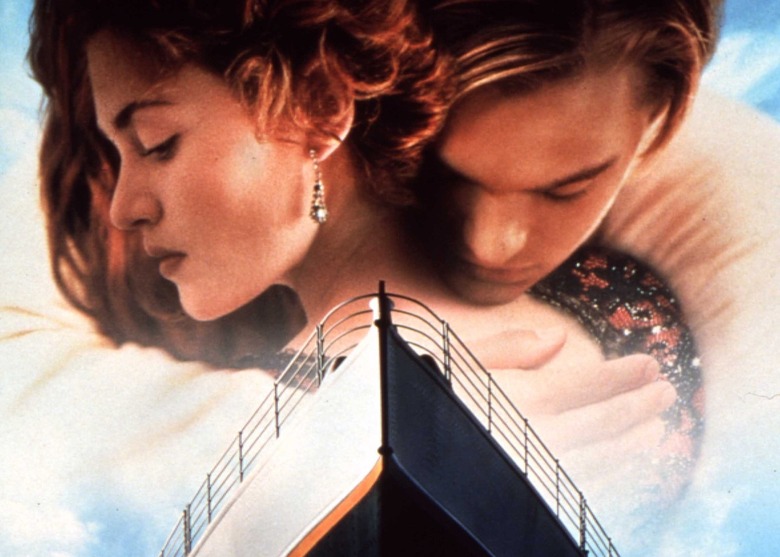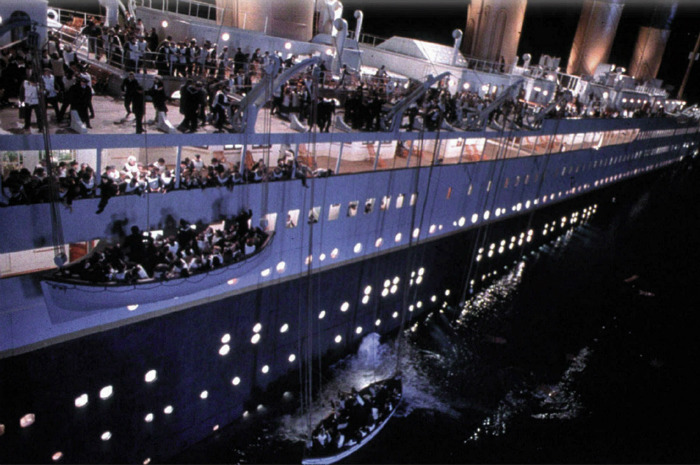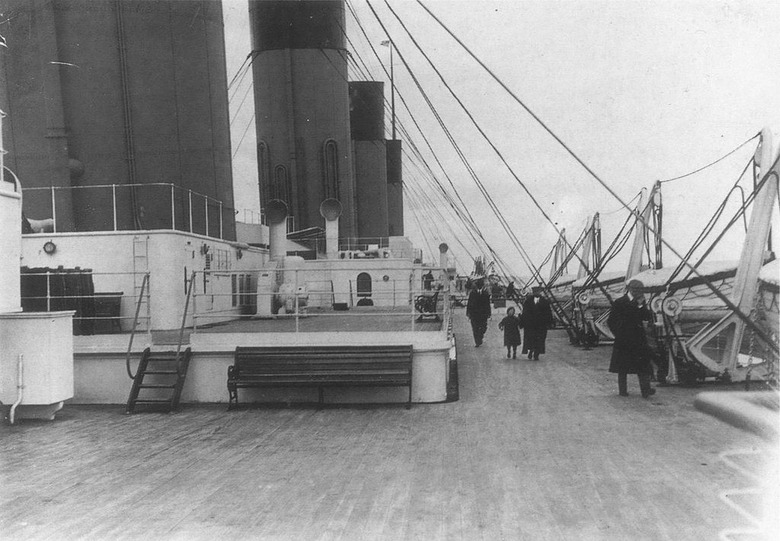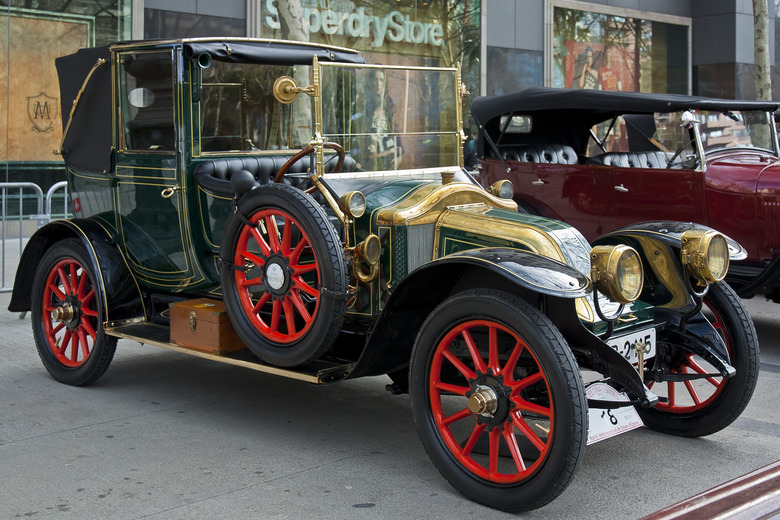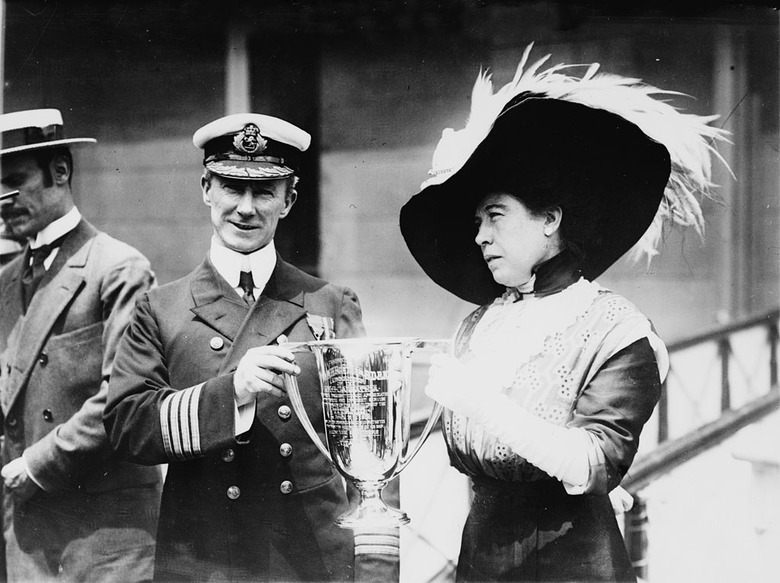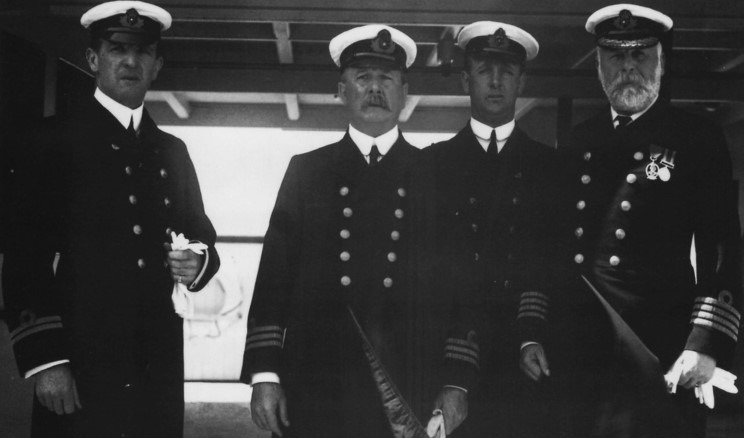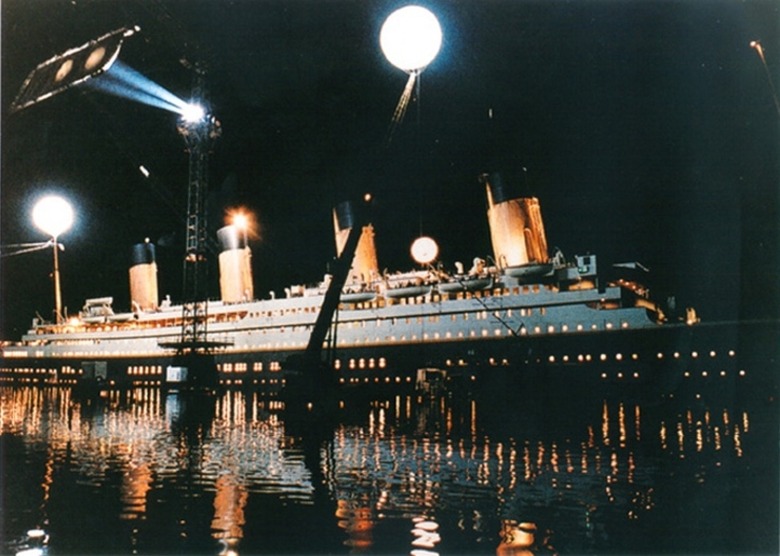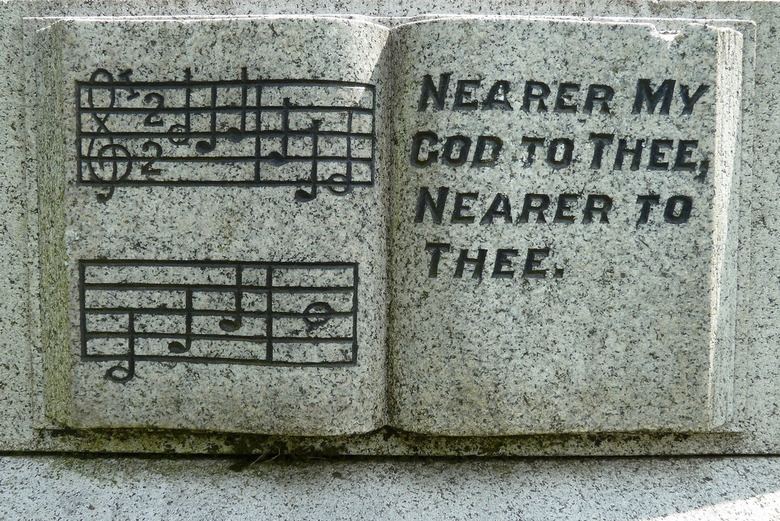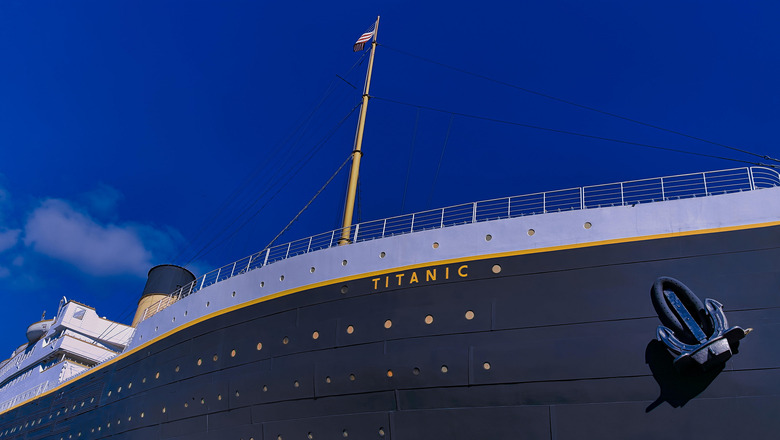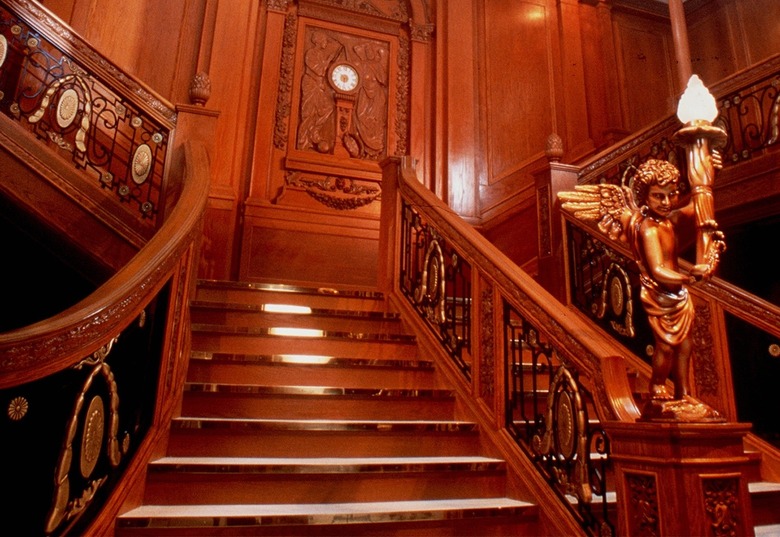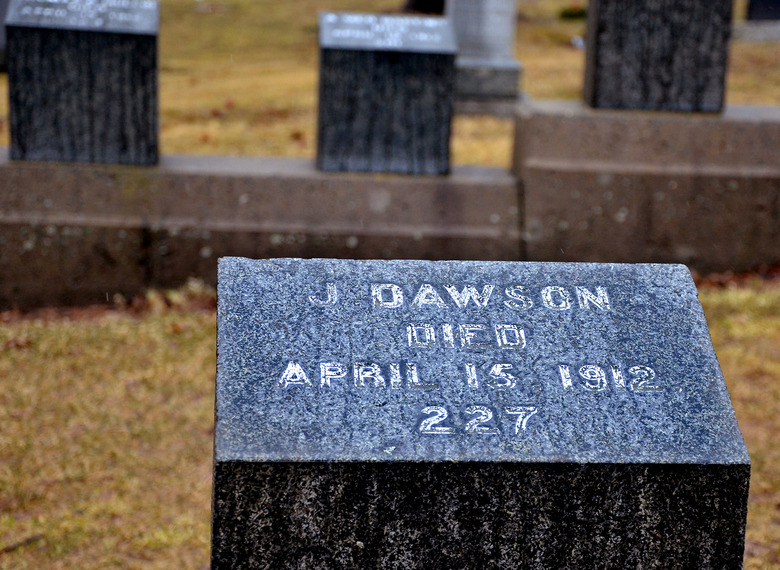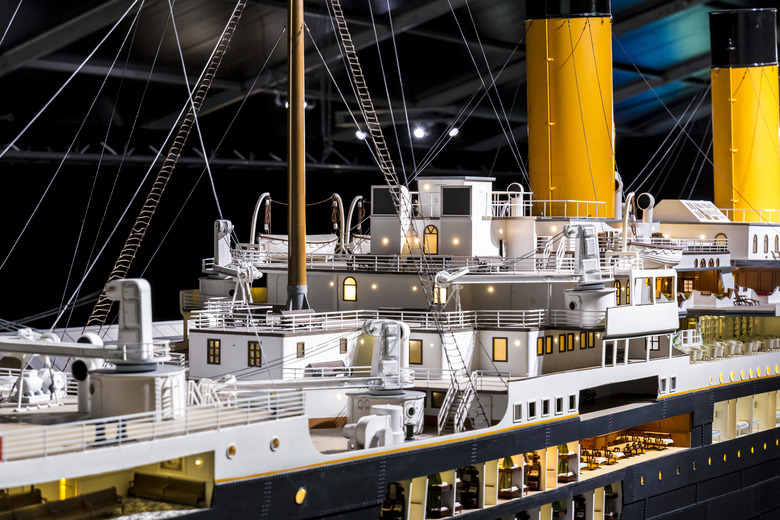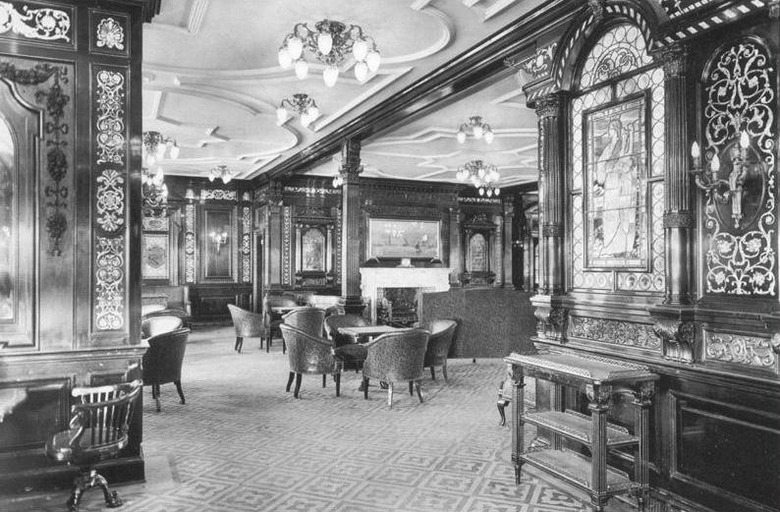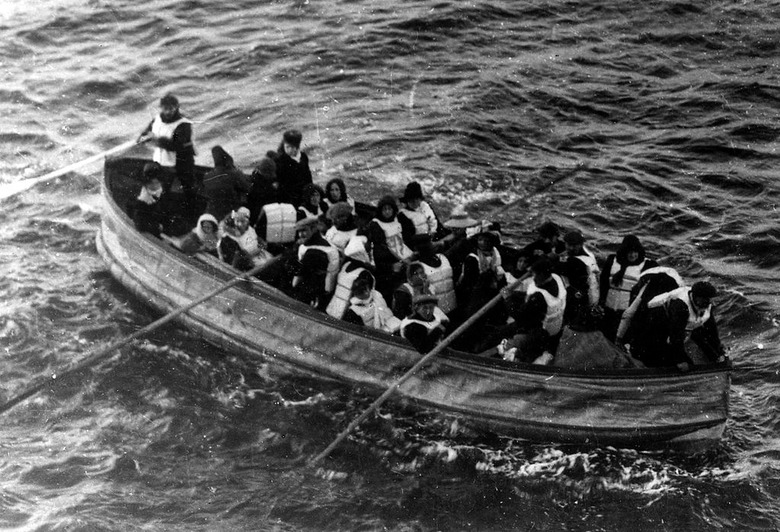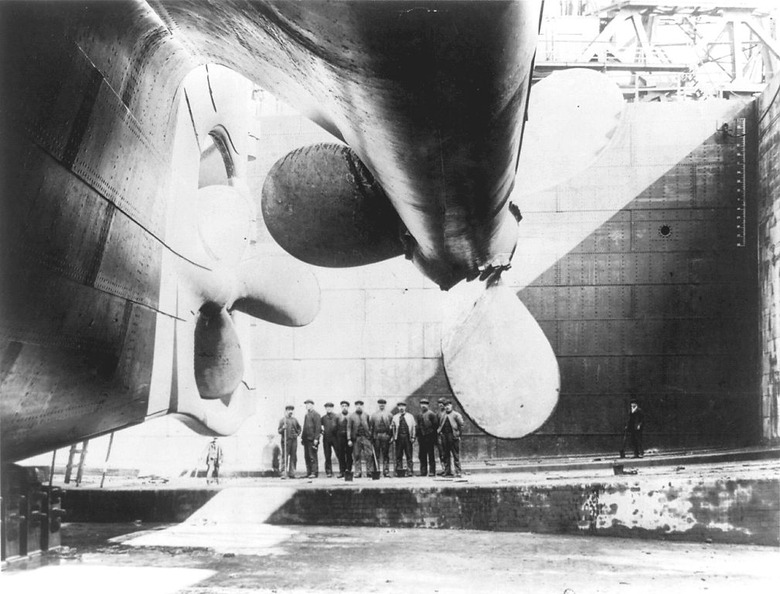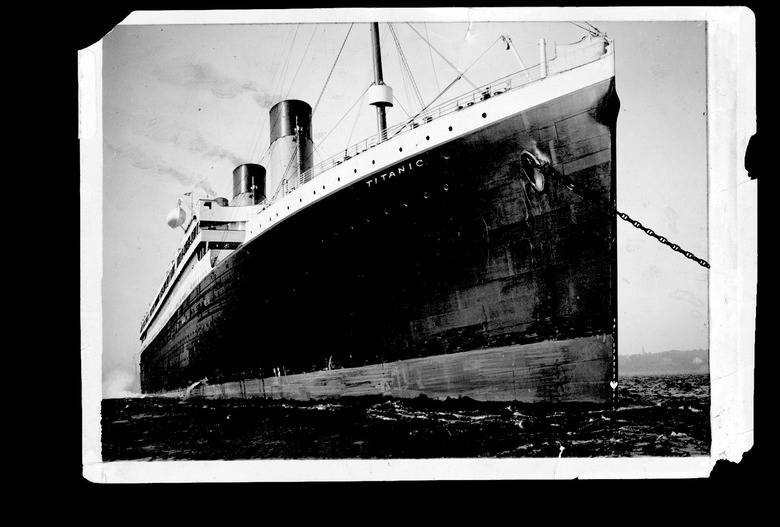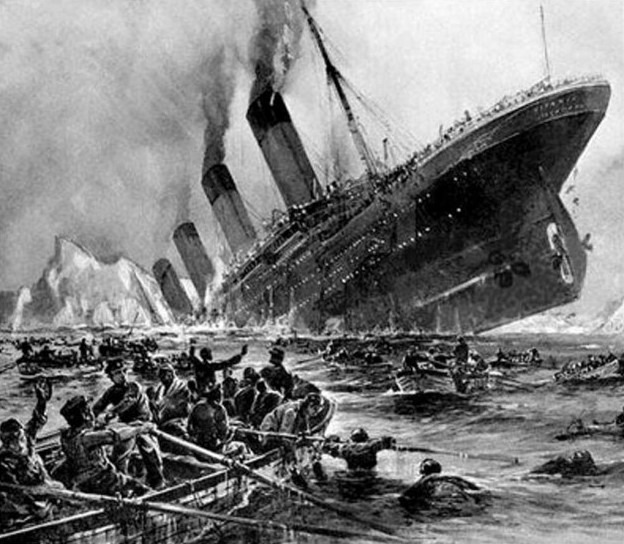Titanic: 20 Differences Between The Movie And The Real Story
Titanic: 20 differences between the movie and the real story
If you've ever wondered how "Titanic" the movie differs from the events of April 15, 1912, read on.
1. Treatment of third class
A major fact the movie fibs about is that third-class and steerage passengers were unable to escape because they were locked away from the other classes, even after the boat collided with the iceberg. This myth stems from the fact that there were indeed gates — but not because of malicious class discrimination. U.S. immigration laws at the time required immigrants to be kept separate until they reached Ellis Island and could be screened for infectious diseases and processed. Each class had their own decks and lifeboats, and the gates were opened as soon as the crew was ordered to lower the lifeboats, though many first- and second-class passengers did reach the boats first.
2. Automobile on board
One of the movie's most iconic moments is when Jack and Rose get steamy in a car in the ship's cargo hold. While there were potentially 30 cars being shipped on the Titanic, there's one that's been proven to have been on board: a 1912 Renault Coupe DeVille, owned by American survivor William Earnest Carter. Beyond the fact that passengers would not have access to the cargo hold, it's unlikely the vehicle would be available for a clandestine tryst as it was probably being shipped in a wooden crate based on the cargo manifest. Experts believe the real-life car could be resting fully intact on the seafloor somewhere near the wreck site.
3. Hiccup in the timeline
Despite director David Cameron's meticulous attention to detail, one fact slipped through the cracks only to get called out later by fans. Jack Dawson, played by Leonardo DiCaprio, says he went ice fishing on Lake Wissota near Chippewa Falls, Wisconsin. Except Lake Wissota, a man-made reservoir, wasn't built until 1917, and the Titanic sunk in 1912.
4. Don’t call me Molly
Titanic survivor Margaret Brown might be better known by the moniker "the unsinkable Molly Brown." In the movie, Brown, portrayed by Kathy Bates, is referred to as Molly, despite the fact that she went by Margaret all of her life and was only given the nickname by Hollywood after her death in 1932. The socialite gained acclaim for supposedly forcing her lifeboat to turn around to rescue people in the water. After the disaster, she used her fame and resources to raise funds for and advocate for her fellow survivors.
5. Murdoch’s a hero
Perhaps the most controversial change that Cameron made was in regards to First Officer William McMaster Murdoch. Considered a hero in his native Scotland, Murdoch aided passengers and helped launch 10 lifeboats before going down with the ship. Murdoch's surviving relatives and historians alike got upset when "Titanic" showed Murdoch accepting a bribe from Billy Zane's Cal, shooting two passengers trying to storm the last lifeboats and ultimately committing suicide out of guilt by shooting himself in the head. Cameron apologized on the film's DVD and insisted that he intended to portray Murdoch as honorable. The vice president of 20th Century Fox also flew to Murdoch's hometown to personally apologize to its citizens as well as Murdoch's nephew and donated money to a memorial prize in the sailor's honor.
6. Shots fired on deck
While "Titanic" took some extreme artistic license, there were shots fired on deck amid the boat's evacuation. During the U.S. inquiry into the disaster, steward George Crowe testified, "There were various men passengers ... who attempted to rush the boats. The officers threatened to shoot any man who put his foot into the boat. He fired the revolver, but either downward or upward, not shooting at any of the passengers at all and not injuring anybody. He fired perfectly clear, upward or downward." Fifth Officer Harold Lowe claimed he was the one who fired along the ship's side. As for an officer shooting himself, multiple witnesses say they saw an officer commit suicide although historians agree it's unclear who it was.
7. Swan song
There are a couple of things "Titanic" gets wrong about the final moments of the string quartet. While the ship's musicians did continue to play until the boat's final moments, it isn't actually confirmed what their final song was. While it's become common myth that they played "Nearer My God To Thee," which is featured on the band leader's tombstone, another reliable yet contradictory account recalls them playing "Autumn," which experts also speculate could be the popular waltz "Songe d'Automne." Both British and American survivors say they heard "Nearer My God To Thee" despite the song having the same words but completely different melodies on either side of the Atlantic. In the movie, the string quartet oddly plays the American version.
8. Not so ‘unsinkable’
Rose's mother remarks as they're boarding the ship near the film's beginning: "So, this is the ship they say is unsinkable." According to the BBC, one of the biggest myths surrounding the sinking of the Titanic is that the ship was known as "unsinkable." White Star Line, the ship's owner, never made such claims and the boat didn't have that reputation. In fact, the boat really wasn't hyped because its nearly identical sister ship the Olympic had already sailed the same route the year before. The nickname was earned after the accident and became a retrospective myth.
9. Jack could’ve never dined with Rose
Despite Rose giving him an invitation and providing a slick suit, there's no way Jack would've been permitted in first class. A third-class passenger would never have been allowed in the first-class dining room. While Rose would have been allowed in third class because higher classes could use lower classes amenities, third class in particular was effectively quarantined so that immigrants from across Europe didn't spread infectious disease. On top of that, mixing among the strictly segregated classes was generally unheard of.
10. Starry night
Though he has a reputation as a perfectionist, Cameron did make one notable correction to the 2012 3D re-release of the film. For more than 10 years, astrophysicist Neil deGrasse Tyson pestered Cameron about the fact that when Rose looks up at the night sky after the Titanic sank, what she sees is completely inaccurate. Tyson provided the director with the exact constellation map for the sky in that part of the Atlantic around 4:20 a.m. on April 15, 1912, so what the film's heroine now sees is historically accurate.
11. The real J Dawson
There really was a J. Dawson on board the Titanic, but his name was Joseph Dawson and he was a Dublin-born member of the ship's crew. Dawson is buried at Fairview Lawn Cemetery in Halifax, Nova Scotia, Canada, where more than 120 Titanic victims are memorialized. Though James Cameron says the name is a coincidence, fans of the film still flocked to the real Dawson's grave after the film came out.
12. Sinking ship simulation
In 2017, Cameron admitted a movie goof during a 20-year anniversary special for National Geographic. He explained: "We found out you can have the stern sink vertically and you can have the stern fall back with and a big splash, but you can't have both. So the film is wrong on one point or the other." While making the film, Cameron did simulations with models to see how the boat should look while sinking because there's no documentation of how this took place. In the movie, the ship snaps in half dramatically, which looks cool but couldn't have happened, Cameron discovered later.
13. Telegraph room goof
Another misstep that Cameron acknowledged in 2017 was the design of the the Marconi wireless room where the wireless operator sent the distress signal after the collision. Cameron explained he designed the room based on "one, kind of funky, double-exposed picture" from the Titanic along with a photo of the comparable room on the Olympic. Cameron admitted this design "turned out to be completely wrong."
14. Thomas Andrews’ last moments
Thomas Andrews, the chief designer of the Titanic, was celebrated as a hero after the disaster. Andrews was the one to deliver the assessment to the captain that the ocean liner was doomed, and he ultimately went down with the ship. Survivors gave many conflicting accounts of Andrews' final moments, with some seeing him depressed and resigned and others describing him as active and heroic. The most persisting account is the one that is depicted in the movie, with Andrews played by Victor Garber. That story was told to the press by surviving steward John Stewart, who claims he saw Andrews in the smoking room staring at a painting after all the lifeboats were gone, but his account is questionable because Stewart was seen leaving the ship on lifeboat No. 15 at 1:40 a.m., while the ship went under at 2:20 a.m.
15. Villainization of J. Bruce Ismay
Much like the media after the accident, the movie "Titanic" seeks to put the blame on someone for the tragedy, and the script puts forth the same scapegoat as the press did back in 1912: White Star Line chairman J. Bruce Ismay. While Ismay did manage to get on a lifeboat, this fact was blown into a tall tale of him jumping into one ahead of women and children like a selfish coward. He was also portrayed as greedy, with some survivors spreading the idea that he pressured Captain Smith into driving the ship too fast to get press attention, though this is unsupported by any evidence or crew testimony. Regardless, Ismay was portrayed as a villain with these motives in Cameron's film.
16. Escaping soot-free
In the movie, Jack and Rose are chased through Titanic's boiler room by Rose's angry fiancé, Cal. The Titanic was powered by massive coal-burning furnaces manned by a crew of hundreds of men known as the "Black Gang" because they were exposed to 100 tons of ash from the fires every day. Even taking a quick jog through that area would've left a layer of black soot on the film's protagonists, but they emerge clean.
17. Jack’s prison
After being accused of attempting to steal the Heart of the Ocean necklace, Jack is handcuffed in the Master-at-Arms office. In the movie, Jack can be seen peering through a porthole, but on the real ship, that room was an interior cabin on E deck with no windows.
18. Sigmund Freud and flashlights
A couple more inaccuracies and anachronisms made the final cut of the movie "Titanic." When speaking with White Star Line chairman J. Bruce Ismay, Rose mentions Sigmund Freud's theory "about the male preoccupation with size." Freud didn't publish that theory until 1920, eight years after the Titanic sank. Later in the film, crew members are shown using both flashlights and an electric lantern. In reality, crew members weren't provided flashlights, which also would've flashed for mere seconds rather than provided a steady beam of light, and oil lamps were what were used on board rather than electric.
19. Murdoch’s salute
A much more nit-picky detail is that before shooting himself in the film, Murdoch, who was Scottish and served in the Royal Naval Reserve, salutes. Some sources say his salute was done in the American military style with the palm facing downward, rather than the British style in which the palm faces out, making this an error. But unlike the rest of the British military, the Royal Navy salute does actually have the palm inclined inward. This is attributed to the fact that shipmens' hands would get dirty with tar, so they saluted differently in order to hide it.
20. Room on the raft?
Part an issue of accuracy, part a potential plot hole is whether or not Jack would have survived if he and Rose had shared the door. This question still sparks intense debates more than 20 years after the movie's release. Two lifeboats did return and save people from the water, with six of the nine pulled out surviving. A 2012 episode of "Mythbusters" proved that by the time a lifeboat found Jack and Rose, he would've died if he was in the water. As for whether they could've both lived by climbing on the door, the episode proved that the two of them would've lost motor control due to hypothermia before being found because their combined weight would've dipped the door under the water, so they would likely drown or be unable to reach the whistle. Regardless, Cameron responded to the episode by saying, "The script says Jack died. He has to die. So maybe we screwed up and the board should have been a little tiny bit smaller, but the dude's goin' down."
